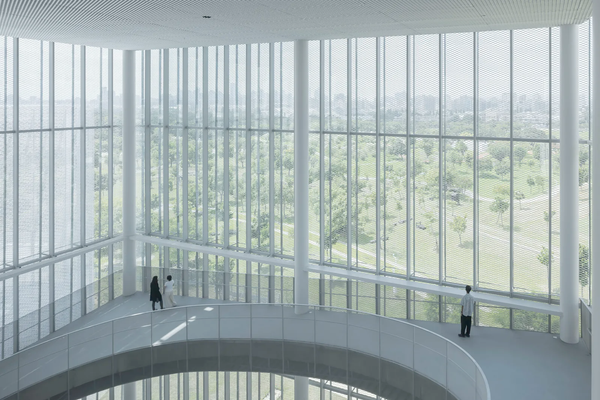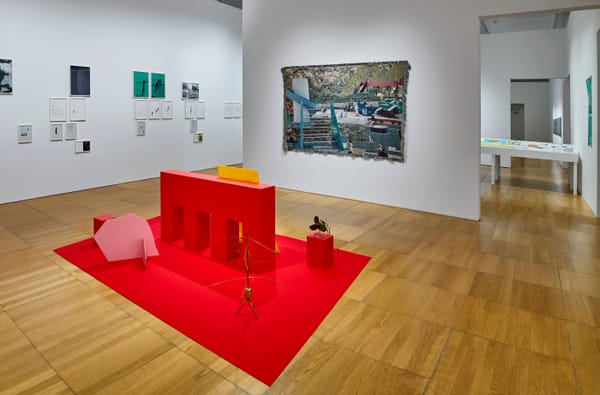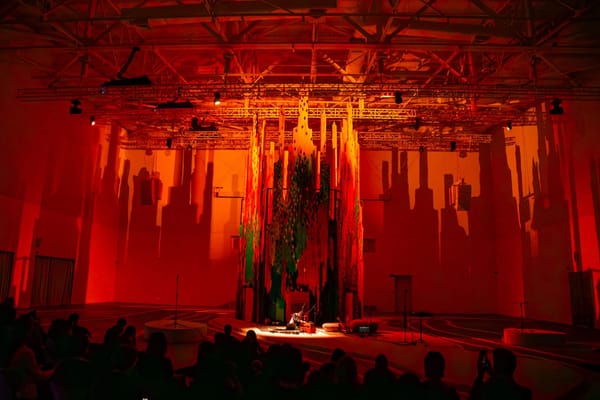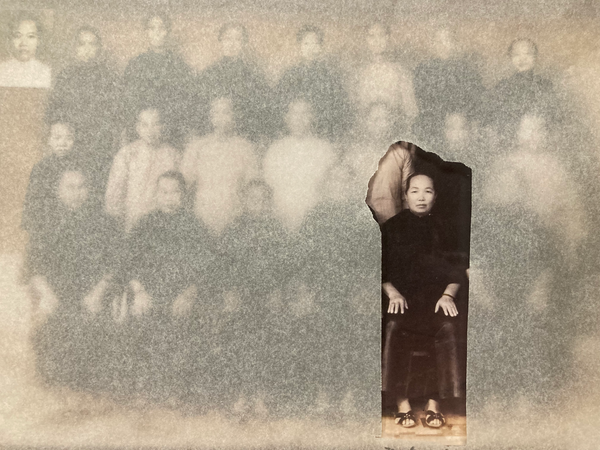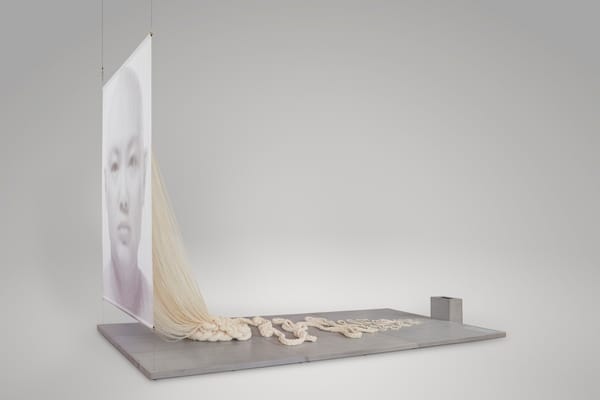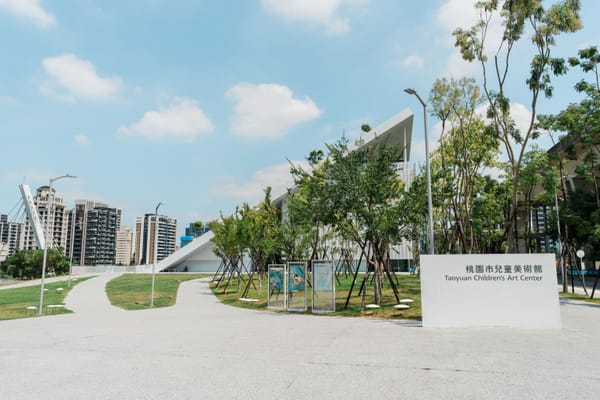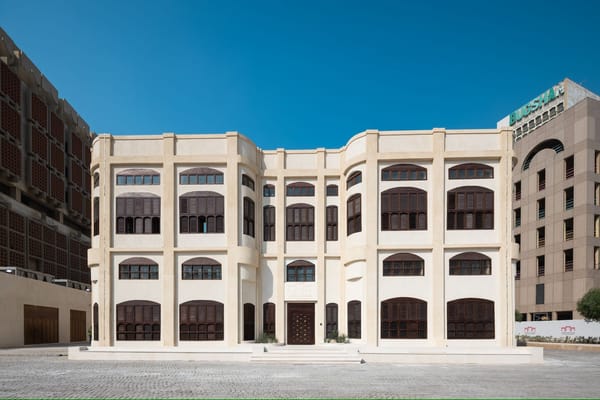Shows
Ronald Ventura’s “Territorial Crossing”


“Territorial Crossing,” Ronald Ventura’s latest solo show at Primo Marella Gallery in Milan, gathered 28 works in painting and sculpture engaging with the idea of dissolving physical and figurative boundaries in contemporary society. The title of the exhibition referred to the concept that the barriers and clear-cut distinctions to which geographical, biological and social categories have been anchored no longer hold.
Born in 1973 in Manila, Philippines, where he is still based, Ronald Ventura is known for his seductive layering of imagery and techniques, and eclectic mix of influences—from popular culture to indigenous and Christian iconography, mysticism and mythology—woven into complex, iconic compositions.
Upon entering the exhibition space, one became immersed in a world of stark black and white: from the corners of the ceiling hung four large, dark, ragged curtains, decorated with hand-stenciled motifs that recur in the artist's work, such as cryptic symbols, fantastical animals and threatening cartoon characters, while the gallery floor was overlaid with a pattern of black and white diagonal stripes.
A life-sized, black fiberglass crocodile, whose head and back appear to emerge from the floor, immediately captured the viewer’s attention in Crocodile (2018), its gaping jaws and sharp white teeth conveying a sense of threat. Nearby, Bull (2018), a massive sculpture of a winged black bovine with pointed spurs sprouting from its limbs, recalling a mythological beast, stands majestically, muscles darting beneath the shiny black coat stained with blood-red patches. Looking more closely, however, a pair of incongruous human feet in place of its back hooves diminishes this initial impression of the creature’s mythical power.

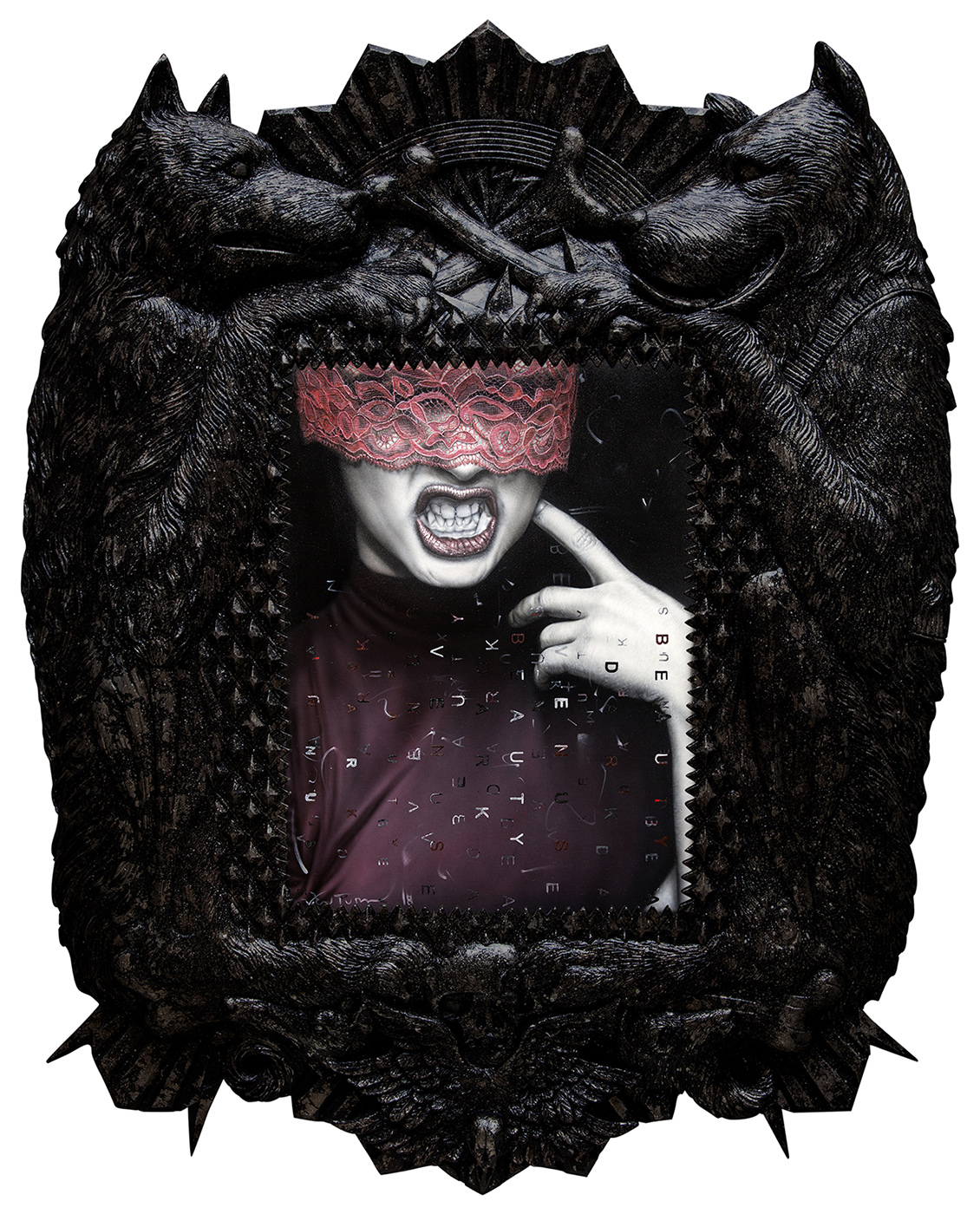

The exhibition’s titular series of 2018 paintings revolved around the idea of an uneasy identity, subverting classical portraiture to disturbing effect. Fifteen hyperrealist, mostly grayscale portraits were installed in a row on the main gallery’s wall, mounted in identical, silvery-black, fiberglass, sculptural frames decorated with wolves, skulls and bones, reminiscent of motives in medieval coats of arms. The installation resembled a classic portrait gallery, but the sitters in the paintings had turned into monstrous creatures from a contemporary urban wilderness. Territorial Crossing 10 is a half-length portrait of a young man gazing steadily out at the viewer, the fur and fangs of a hyena adorning his torso and face like a second skin, revealing a latent aggression. Beauty and ferocity were paired in Territorial Crossing 14, depicting a handsome woman in a t-shirt, her eyes hidden under a pink lace ribbon. The portrait is overlaid with lettering, among which is the word “beauty.” The character exudes boisterous menace, her teeth grinding in a red-lipped, feral grimace. By contrast, the manipulation of the body for aesthetic, rather than violent, purposes is shown in Territorial Crossing 3, in which a pin-up girl with full lips and flowing hair turns out, on closer inspection, to be a doll or a dummy.
In the same gallery, the garish, exuberant comic-book hues of Wild Out (2018), a mural-sized painting hung on a wall of its own, stood out against the show’s mostly black and white color scheme. A ringmaster with a bulldog’s head, wearing a black top hat and scarlet coat, poses on a pedestal in between two standing tigers, realistically depicted except for the fact that their paws have mutated into human hands. A host of human and anthropomorphic cartoon characters populate the canvas, producing a chaotic metaphor for a circus-like world of dissolving biological and cultural borders.
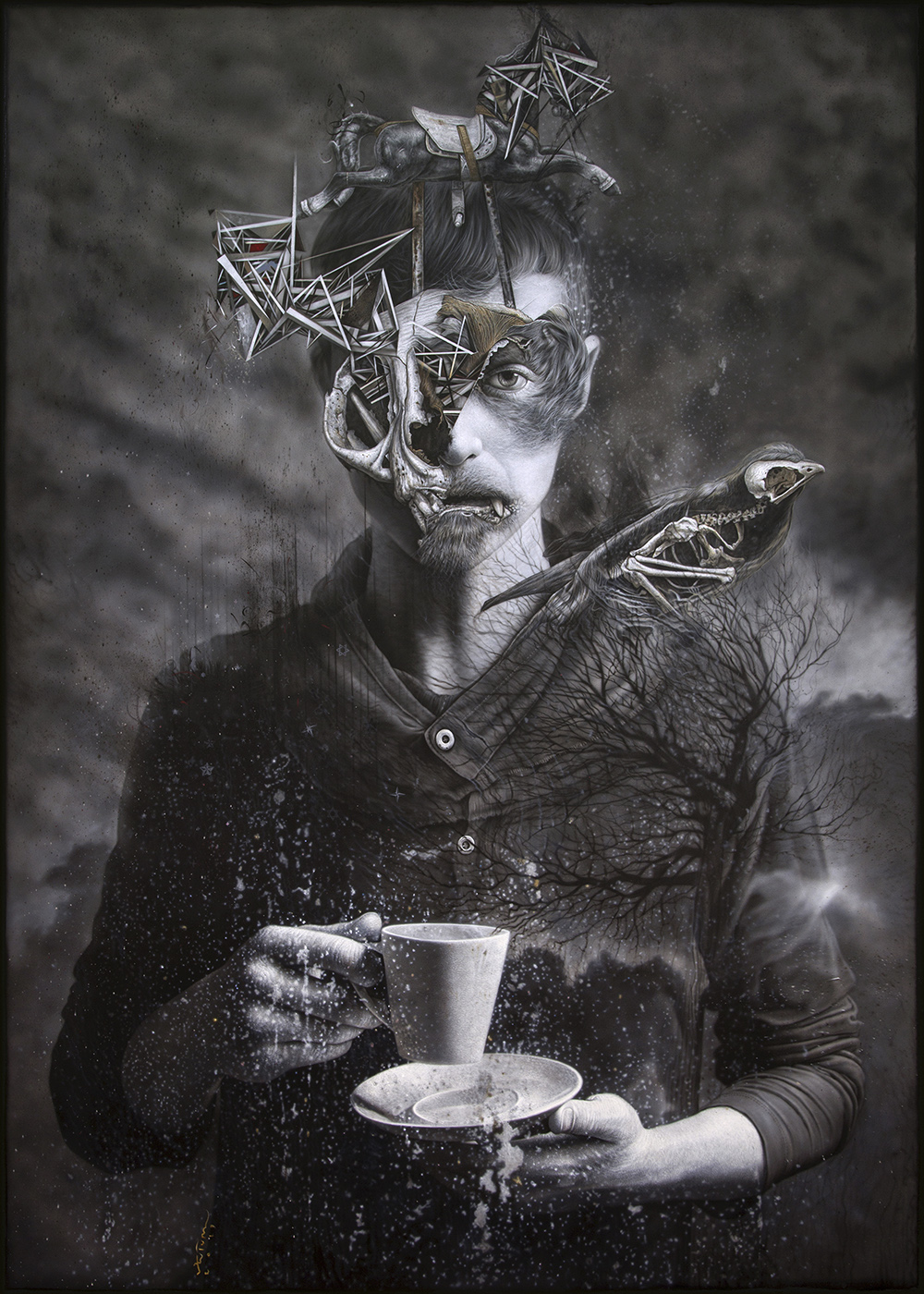
Elsewhere, Breakfast (2017), an imposing, large-format painting, was rendered in hues of gray and luminous white, creating a rich and dramatic chiaroscuro effect. In the work, a young man stands still holding a teacup, the contents of which is scattered upwards into gravity-defying droplets that seem to float in mid-air. In the background, a stormy sky seems about to erupt into a tempest. The man’s face is a hybrid of human and feral features; his head morphs into spindly structures resembling thorns or bones. On his shoulder is a half-dissected bird, its innards visible, while a skeletal toy pony rests on the man’s head. This strikingly sinister though compelling image seems to condense the sense of impending doom that runs throughout the show.
“Territorial Crossing” provided an in-depth look into Ronald Ventura’s ongoing exploration of hybridity and morphing as defining contemporary conditions of humanity. His “creatures of discomfort,” as the artist has called them, inhabit a chaotic, nightmarish realm of perpetual uncertainty and threat, mirroring the anxieties of living in an age of rapid, often inscrutable, transformation.
Ronald Ventura’s “Territorial Crossing” is on view at Primo Marella Gallery, Milan, until June 1, 2018.
